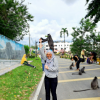Introduction
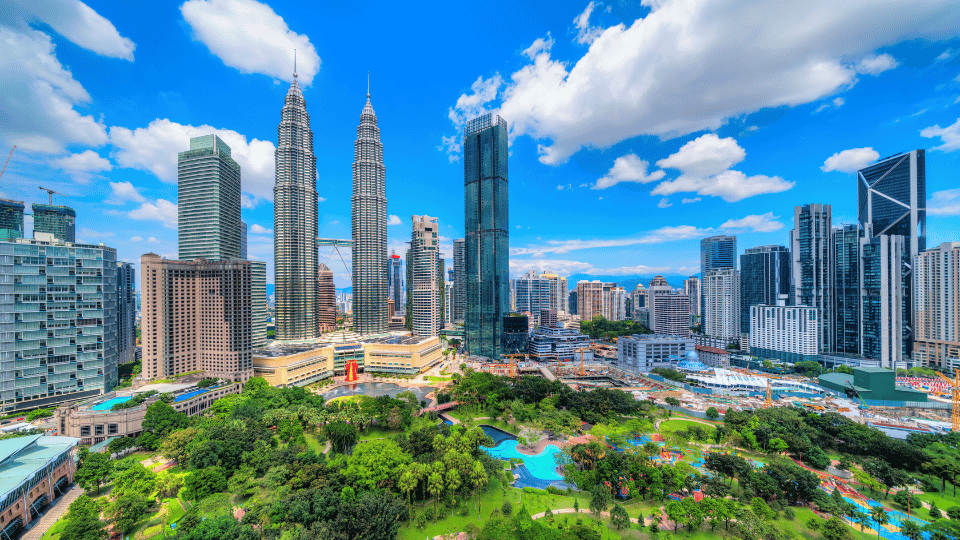
Malaysia is a vibrant country that offers a unique blend of best travel destinations, food and lifestyle experiences, making it an ideal choice for travelers, expatriate considering a long-term stay, digital nomads, or anyone planning to live here. This article aims to provide a comprehensive how-to guide for anyone looking to live in Malaysia, with practical lifestyle tips for integrating into the community and adopting the local lifestyle.
Weather in Malaysia: Adapting to the Tropical Climate
An Overview of Malaysia’s Weather
Before traveling to Malaysia, it’s important to check for updates on the current weather forecast to avoid visiting at an inconvenient time. Malaysia experiences a warm and humid tropical climate throughout the year, with temperatures typically ranging from 25°C to 32°C (77°F to 89°F). The country has two main seasons: the dry season and the rainy season, influenced by the southwest and northeast monsoons.
During the rainy season, which occurs from November to February, many areas are prone to flooding due to heavy monsoon rains. Historically, regions such as Kelantan, Terengganu, Pahang, and Johor have been significantly affected. For instance, in late 2024, severe floods in Kelantan and Terengganu displaced over 90,000 individuals. The climate has also shaped Malaysia’s lifestyle and architecture, with traditional homes built on stilts to withstand floods and heavy rainfall.
Best Time to Visit
- Best Time: March to October (dry season).
- Monsoon Season: Avoid November to February for east coast islands, as
- Recommendations: Plan your visit during major festivals like Hari Raya Aidilfitri, Chinese New Year, or Deepavali to experience Malaysia’s festive spirit with open houses, parades, and traditional foods.
Stay Updated with Malaysia’s Weather: Trusted Government Sources
Keeping track of Malaysia’s weather conditions is essential, especially with the country’s tropical climate, monsoon seasons, and occasional extreme weather events. Below are the most credible government websites to help you stay informed and prepared.
1. Malaysian Meteorological Department (MetMalaysia)
Malaysian Meteorological Department (MetMalaysia) is the official weather authority in Malaysia under the Ministry of Environment and Water. Checking this website from time to time is essential for travelers as it:
- Provides real-time weather forecasts, tropical storm warnings, and monsoon updates.
- Alerts for thunderstorms, floods, haze, earthquakes, and tsunami risks.
- Features satellite imagery and climate trend analysis.
2. National Disaster Management Agency (NADMA Malaysia)
National Disaster Management Agency (NADMA Malaysia) is the official weather authority in Malaysia under the Ministry of Environment and Water. This website is essential for travelers as it:
- Key agency handling disaster response and management in Malaysia.
- Issues updates on floods, landslides, and emergency preparedness.
- Provides real-time alerts and emergency contact information.
3. Department of Irrigation and Drainage Malaysia (DID Malaysia) – Public InfoBanjir
Department of Irrigation and Drainage Malaysia (DID Malaysia) manages the Public InfoBanjir platform, providing real-time flood monitoring and warnings, helping travelers to anticipate potential disruptions and plan their routes accordingly. Besides that, this website is reliable for travelers as it:
- Monitors river water levels and flood conditions nationwide.
- Live flood warnings and rainfall data to predict potential disasters.
- Provides insights on dams, water storage, and hydrology reports.
By relying on these trusted government sources, travelers can stay ahead of any weather-related developments in Malaysia and take necessary precautions. It is recommended to carry lightweight, breathable clothing along with rain gear to ensure both comfort and safety in the country’s tropical climate. Understanding the weather in Malaysia not only enhances your experience but also helps you adapt more effectively to the country’s tropical climate.
Currency and Economy
The official currency of Malaysia is the Malaysian Ringgit (MYR), commonly referred to as Ringgit Malaysia (RM) by locals. ATMs are readily accessible in urban areas, popular tourist spots, and shopping malls, while money exchangers are also widely available, especially within shopping malls.
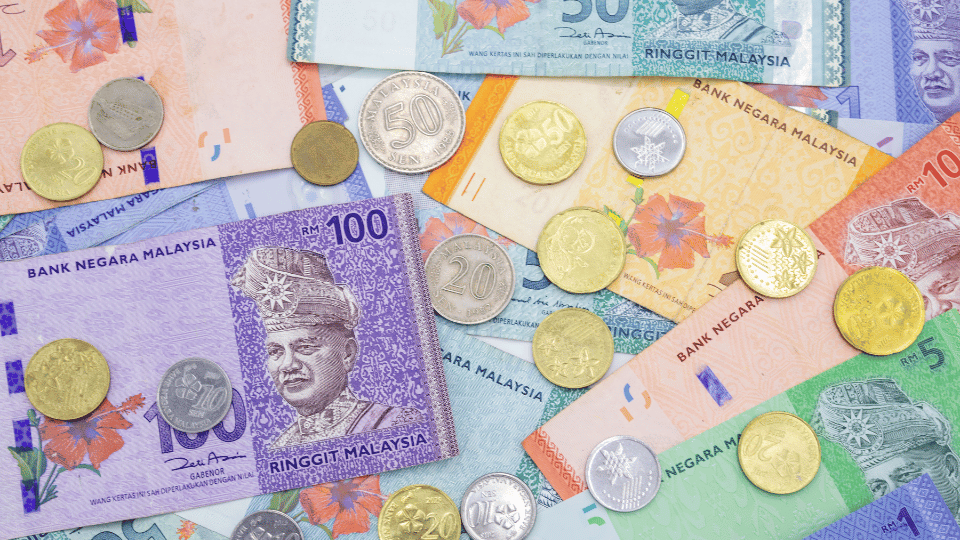
While credit cards are widely accepted at most businesses, it’s advisable to have cash on hand for smaller transactions or when visiting rural areas. Malaysia boasts a stable economy, and the cost of living is generally affordable, with reasonable prices for food, transportation, and accommodations, making it an excellent choice for budget-conscious travelers.
Cost of Living: How Much to Live Comfortably in Malaysia?
For Single Person
Living comfortably in Malaysia is an attractive prospect for many, especially when considering the relatively low cost of living compared to Western countries. On average, a single person can expect to spend between MYR 3,000 to MYR 5,000 monthly, depending on lifestyle choices and location.
For Couples

For couples, a budget of around $2,500 a month allows for a comfortable lifestyle, with the possibility of enjoying modern amenities and dining out frequently. Cities like Kuala Lumpur and Penang offer a range of options, with average monthly expenses in Kuala Lumpur estimated at approximately $1,800 while Penang is slightly lower at $1,600 making them popular choices for expats and locals alike.
For Families

For families, the cost of living increases, with a family of four typically requiring around MYR 6,500 to maintain a comfortable standard of living. Rent is a significant factor, with the average monthly rent for a one-bedroom apartment in the city center hovering around MYR 2,000 (approximately $500). However, those willing to live outside the city center can find more affordable options. Public transport is efficient and economical, allowing residents to save on transportation costs.
Learning Bahasa Melayu : A Good Kickstart to Connect with Locals
Even though many locals in Malaysia are proficient in English, learning basic Bahasa Melayu phrases can enhance your connection with them and shows your appreciation towards the local cultures and traditions in Malaysia. Using these phrases in your interactions not only shows respect but also makes your experience more personal and engaging.
Common Bahasa Melayu Phrases to Learn:
- Apa khabar? – How are you?
- Terima kasih – Thank you
- Selamat pagi – Good morning
- Selamat malam – Good evening
- Tolong – Please / Help
- Maaf – Sorry / Excuse me
- Berapa harganya? – How much is this?
- Di mana tandas? – Where is the toilet?
- Saya tidak faham – I don’t understand
- Boleh saya bantu? – Can I help you?
Learning and using these phrases will help you navigate daily interactions and foster meaningful connections with the locals.
Dress like a Local : Blending in with Malaysian Daily Style
In their daily lives, Malaysians typically dress casually and comfortably, reflecting the country’s warm and humid tropical climate. Locals often wear lightweight t-shirts, blouses, and jeans or shorts, with sandals or sneakers being common footwear. Office workers or students may dress more formally, with men wearing collared shirts and women opting for modest dresses or long skirts.
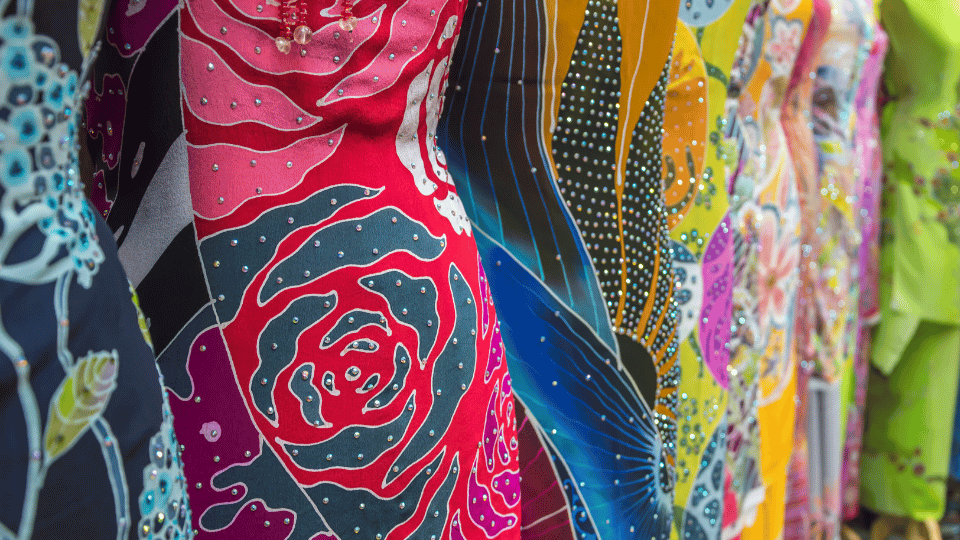
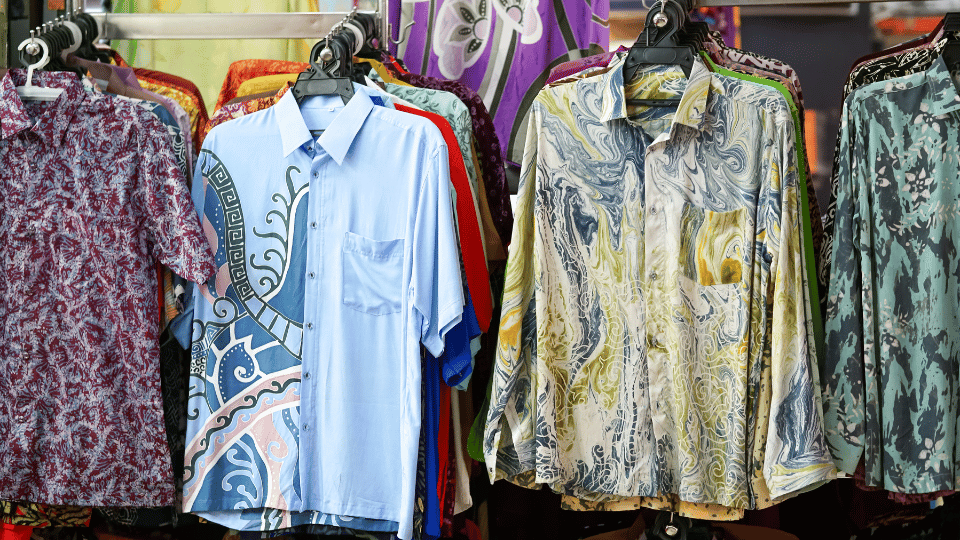
Government workers, however, often adhere to a more traditional or formal dress code. Women commonly wear the baju kurung, a traditional Malay outfit, while men wear suits or the baju melayu on Fridays. On Thursdays, both men and women may wear batik, a colorful, traditional fabric that showcases Malaysian heritage. This blend of modern and traditional attire reflects the nation’s cultural pride and practical approach to everyday life.

Travelers can adapt to Malaysian style by choosing breathable fabrics like cotton or linen to stay comfortable in the tropical climate. Opting for lightweight, modest clothing helps blend in, especially when visiting religious or formal places. Embracing local fashion trends, such as wearing batik shirts or sarongs, is a great way to appreciate Malaysian culture. For special occasions or cultural events, trying traditional outfits like the baju kurung or baju melayu can further deepen the connection with the local community. Besides that, striking up conversations about local fashion trends or asking for recommendations on where to shop for everyday clothing can also create friendly and meaningful interactions.
What Most Malaysians Do for a Living?
For anyone planning to stay in Malaysia, understanding the job market is essential for exploring career opportunities before making the move. Living in Malaysia comes with unique lifestyle trends and practical considerations, especially when it comes to career opportunities and economic sectors.
The majority of Malaysians are employed in the services sector, which includes sales, customer service, tourism, and finance. According to Statista, around 3.74 million Malaysians work as service and sales workers, making it the largest occupational group. The professional sector (e.g., engineers, doctors, and IT specialists) follows closely with 2.1 million employed individuals. The country’s economy also thrives on manufacturing, agriculture, oil & gas, and the biotechnology sector.

As of November 2024, 16.75 million people were employed in Malaysia, with an increasing demand for skills in AI, data analytics, and digital services (Source: Randstad Malaysia 2024 Market Outlook). The Malaysian labor market is evolving towards higher-skilled jobs, particularly in technology and innovation-driven industries (Source: Department of Statistics, Malaysia).

Besides that, nowadays, social media influencing has become a lucrative career path for many young Malaysians, particularly on platforms like TikTok, Instagram, and YouTube. According to SushiVid, Malaysia has an estimated 9,000 nano influencers (1K-10K followers), 5,200 micro influencers (10K-50K followers), 1,800 mid-tier influencers (50K-500K followers), and 700 macro-influencers (500K+ followers). While the number of influencers is rising, earnings vary widely—nano and micro-influencers typically earn RM500-RM5,000 per post, whereas macro-influencers and celebrities can charge RM10,000-RM50,000+ per collaboration depending on their reach and engagement.
Social media usage in Malaysia is high, with Facebook leading (63% market share), followed by Instagram (12.5%), while TikTok is rapidly growing (Source: Statista 2024). This shift indicates that many young adults see influencing as a viable career choice, though competition and market saturation remain challenges.
Understanding Daily Routines of Malaysians: Day vs. Night
Understanding the daily rhythms of life in Malaysia offers practical lifestyle tips for blending in seamlessly with local routines. Malaysians lead a dynamic lifestyle that shifts between bustling daytime routines and vibrant nighttime activities.
Daytime Activities in Malaysia
Daily life in Malaysia revolves around work, food, social activities, and cultural practices. During the day, cities are alive with professionals commuting to work, students attending classes, and markets filled with fresh produce and local delicacies. After work hours, Malaysians spend their leisure time enjoying meals, shopping, or engaging in outdoor activities. Community and religious gatherings are also an important part of life, reflecting strong social and cultural values.
- Work and Business Life – Most Malaysians work a 9.00 am to 6.00 pm schedule, with many employed in services, manufacturing, and finance.
- Breakfast Culture – Malaysians love starting their day with roti canai & teh tarik at local mamak stalls or nasi lemak from roadside vendors.
- Shopping and Café Culture – Young Malaysians enjoy visiting shopping malls like Pavilion, Mid Valley Megamall, 1 Utama in KL, Gurney Plaza (Penang) and spending time in trendy asthetic cafes such as Ekues Cabin Cafe (Putrajaya) and Kopi Hutan (Penang).
- Exercise and Outdoor Activities – Many engage in morning walks, jogging, or cycling at parks like Titiwangsa Park (KL), Penang Botanical Gardens, and Taman Saujana Hijau (Putrajaya).
- Religious and Community Gatherings – On Fridays, Muslim men attend Friday prayers, while Sunday church services are common among Christians.
Nighttime Activities in Malaysia
As the sun sets, the energy transforms—hawker stalls, night markets, and entertainment hubs come to life. In quieter towns and certain parts of the country, shops and eateries close early, creating a more relaxed evening atmosphere. However, in major cities like Kuala Lumpur, the night remains vibrant with bustling street food markets, karaoke lounges, rooftop bars, and cultural performances. Entertainment options range from live shows to nightlife spots, while social gatherings continue at 24-hour eateries where friends and families unwind over late-night meals.
- Dining and Night Markets – Malaysians love to eat out at hawker centers and night markets like Jalan Alor (KL), Jonker Street (Melaka), Gurney Drive Hawker Center (Penang) and Gaya Street (Sabah)
- Karaoke Culture – A favorite pastime, karaoke lounges like Maharaja Karaoke, Sevenseas Karaoke and Red Box are popular for groups to unwind after work.
- Nightlife & Bars – Rooftop bars like SkyBar KL and Heli Lounge Bar offer nightlife experiences, while Changkat Bukit Bintang, Zouk KL and Hard Rock Café (Penang) are the go-to clubbing district.
- Cultural Shows & Events – Places like Istana Budaya KL and Penang’s George Town Festival showcase Malaysia’s traditional performances & arts.
- Late-Night Supper – Malaysians enjoy mamak culture, hanging out at 24-hour restaurants like Nasi Kandar Pelita & Restoran Murni for maggi goreng, roti canai, roti tissue and teh tarik.
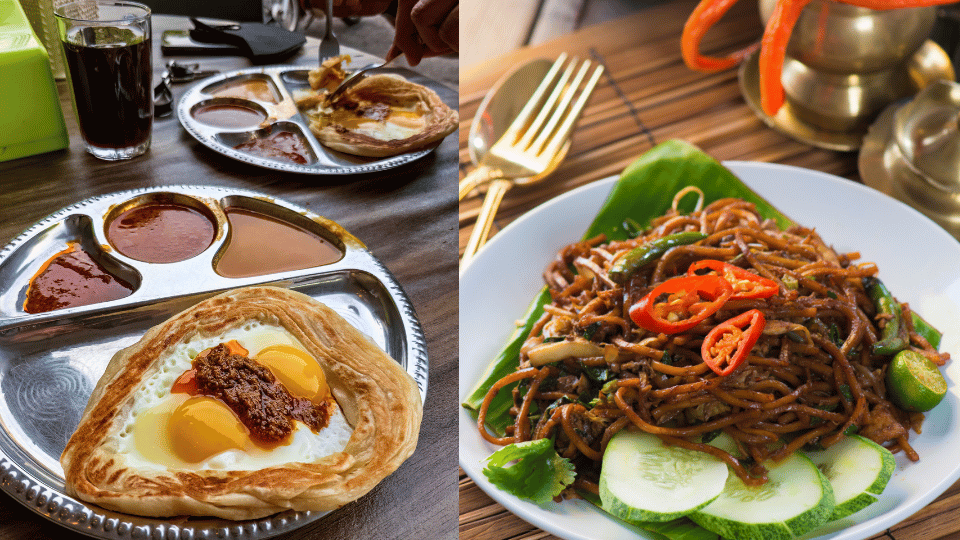
Best Places to Live in Malaysia
When considering the best places to live in Malaysia, it’s essential to recognize the diverse options available, each offering unique experiences.
Kuala Lumpur
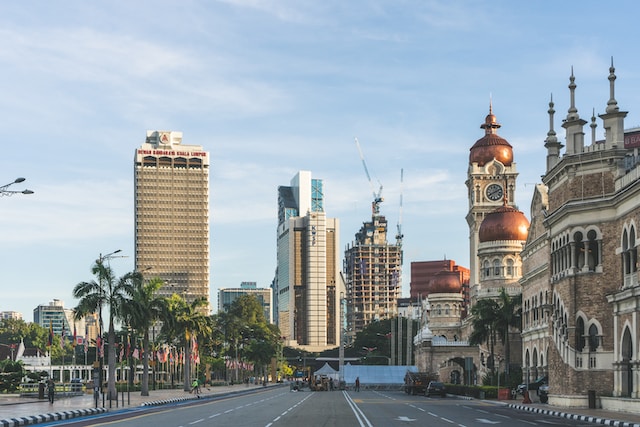
Kuala Lumpur, the capital city, stands out with its vibrant mix of modernity and tradition. Here, you can enjoy a cosmopolitan lifestyle surrounded by skyscrapers, shopping malls, and a rich cultural scene. Areas like Bangsar and Mont Kiara are particularly popular among expats, providing a plethora of amenities, dining options, and a lively atmosphere. Moreover, Kuala Lumpur has been recognized as one of the most expat-friendly cities in Asia, making it an attractive choice for those looking to live like a local while enjoying the comforts of urban life.
Penang
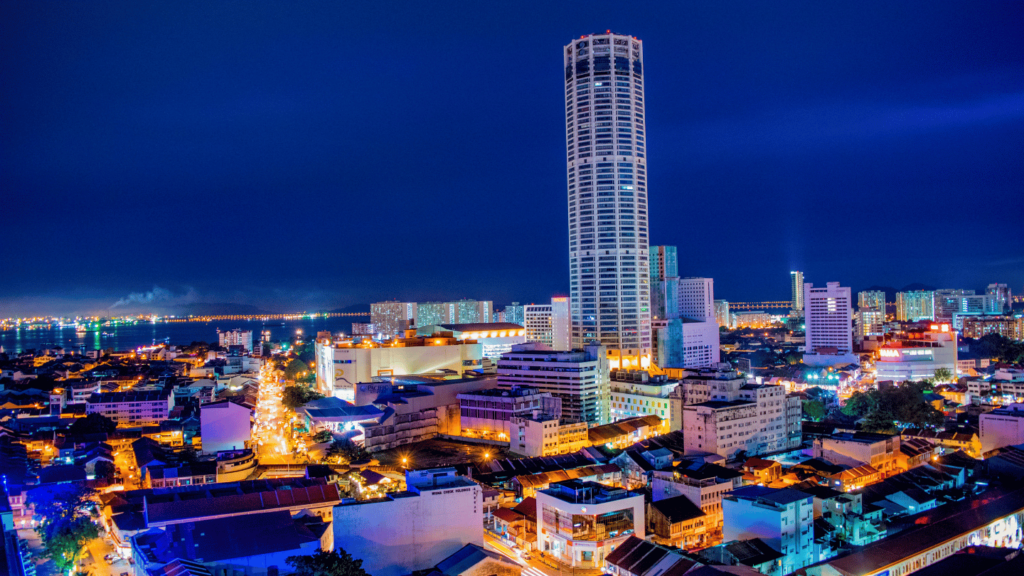
For those seeking a more laid-back environment, Penang is an excellent option. Known for its rich heritage and culinary delights, George Town, the capital of Penang, offers a charming blend of history and modernity. The island is famous for its street food, art scene, and beautiful beaches, making it a favorite among both locals and tourists.
Where Do Most Malaysians Go for Vacation? Top Recommended Spots!
For domestic travel, Malaysians frequently visit Langkawi, Perhentian Islands, and Tioman, renowned as some of the best travel destinations for their pristine beaches, snorkeling, and island resorts. Other top domestic destinations include Kuala Lumpur, Penang, Cameron Highlands, and Sabah, each offering a mix of nature, culture, and urban experiences.
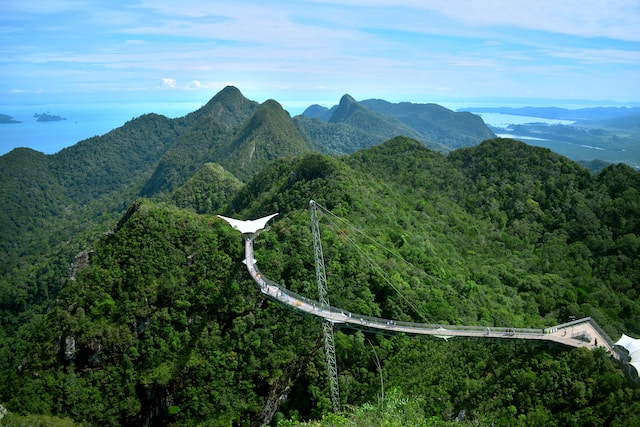
Internationally, Malaysians prefer budget-friendly destinations like Indonesia, Thailand, Japan, and South Korea, with Thailand being particularly popular due to its proximity and affordability. Many Malaysians also combine their trips with Singapore, given its connectivity and accessibility.
Exploring Local and Online Resources for Easy Living in Malaysia
Accommodation Options: Homestays, Airbnbs, and Hotels
Finding the right place to stay is essential for a comfortable experience in Malaysia. Travelers and long-term visitors can choose from various accommodation options based on their needs and budget.
Hotels
For those seeking convenience stay for travelling to Malaysia, hotels offer a range of amenities, from budget stays to high-end resorts with world-class facilities. There are several hotels booking platforms to help you find and compare accommodations that suit your budget and preferences as follows :
Homestays
Homestays offer an immersive cultural experience, allowing guests to live with local families and gain insights into Malaysian daily life. Here are some of the best homestays in Kuala Lumpur, available in premium, standard, and budget options:
Klook.comWhether settling in for a short visit or an extended stay, Malaysia offers diverse lodging options to suit different lifestyles.
Getting Around: Public Transport in Malaysia
Malaysia boasts a well-connected and diverse transportation network that makes it easy to live like a local, especially in urban areas. This variety of options makes it easy to navigate and explore the top attractions in Malaysia comfortably and efficiently.
Klook.comDomestic Flights
Airlines such as AirAsia and Malaysia Airlines connect distant regions like Sabah and Sarawak to Peninsular Malaysia.
International Flights
Malaysia is well-connected to the world through major international airlines operating from Kuala Lumpur International Airport (KLIA) and other key airports. Airlines like Qatar Airways, Emirates, Singapore Airlines, and Turkish Airlines offer direct and connecting flights to destinations across Asia, Europe, the Middle East, and beyond.
Buses
Malaysia offers a wide network of express buses, ideal for intercity travel, connecting major towns and cities across the country. Travelers can book intercity bus tickets online at Easybook.com or Redbus.my, or purchase them directly at the counter at Terminal Bersepadu Selatan (TBS).
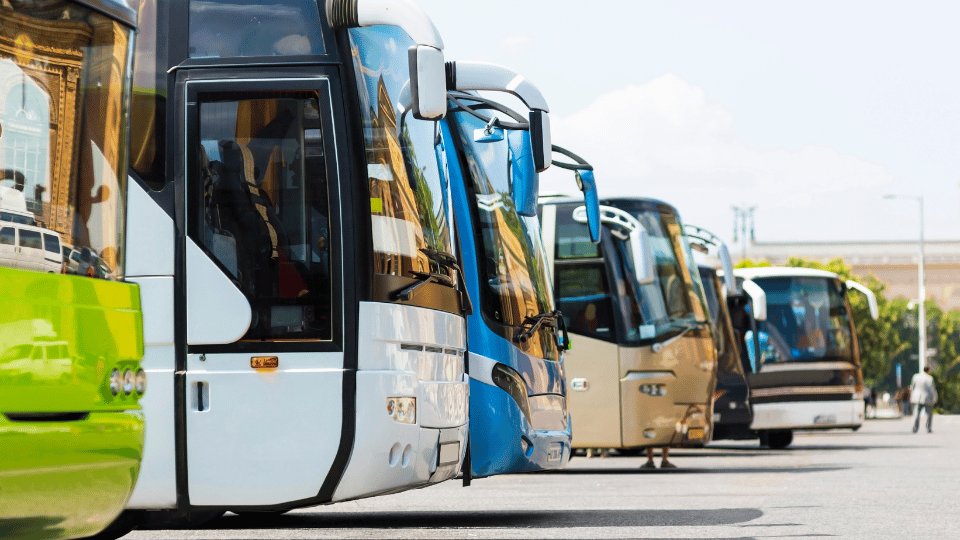
TBS is Kuala Lumpur’s main bus terminal for long-distance and intercity travel, offering modern facilities, comfortable waiting areas, and various transportation connections, including LRT, KTM, and ERL services for easy access to other parts of the city.
Trains
Train services such KTM Komuter, Light Rail Transit (LRT), Mass Rapid Transit (MRT), Electric Train Service (ETS), and the monorail offer efficient options for both local and regional travel. You are recommended to download the PULSE mobile app for a smoother travel experience across MRT, LRT, KL Monorail, Sunway BRT, and Rapid buses. PULSE is a mobile app that helps commuters in Klang Valley, Penang, and Kuantan plan their journeys.
Ride-Hailing Services
Apps like Grab provide affordable and convenient travel, especially in urban areas.
Taxi
Widely available but less popular due to ride-hailing alternatives; always ensure the meter is used.
Car Rentals
Perfect for exploring rural or remote areas at your own pace. Some of the platforms available to book car rentals is Klook.my.
Ferries
Available for travel to islands like Langkawi, Penang, and Tioman.
Ordering Food Made Easy at Your Fingertips
- Malaysia provides convenient food delivery services through popular apps like Foodpanda and GrabFood.
- These platforms offer a wide selection of local and international cuisines, making dining effortless without the need to cook.
- Additionally, they let you shop for essentials and have items delivered right to your doorstep for added convenience.
- Google Maps is a dependable option for accurate directions and real-time traffic updates.
- Alternatively, Waze is widely used for its crowd-sourced traffic information and effective route suggestions, making it particularly useful in urban settings
- Both of these apps are available for download on Google Play Store (Android) and Apple App Store (iOS). You can install them on your smartphone for accurate navigation, real-time traffic updates, and route suggestions.
Online Shopping in Malaysia
Online shopping in Malaysia has become a convenient solution for those who prefer to stay home rather than go out. Whether it’s getting groceries delivered from Lotus’s or HappyFresh, or shopping for essentials on Shopee, or Lazada and Shein, Malaysians enjoy the ease of having everything delivered to their doorstep.

Travelers can also shop for premium beauty products on Sephora or find affordable options on Watsons online, both of which will deliver straight to your door. With busy lifestyles and unpredictable weather, online shopping saves time and effort, making it the go-to choice for many.
Conclusion
In summary, Malaysia offers a vibrant mix of cultural diversity, delicious cuisine, stunning natural beauty, and an affordable cost of living, making it an appealing destination for both locals and expatriates. With modern amenities, quality healthcare, and widespread English proficiency, living in Malaysia is both comfortable and convenient. Its rich culture, scenic landscapes, and budget-friendly lifestyle create the perfect balance for those seeking a fulfilling place to call home.
Support Our Site
This article contains affiliate links. If you purchase through these links, I may earn a small commission at no extra cost to you. Thank you for supporting this site!



